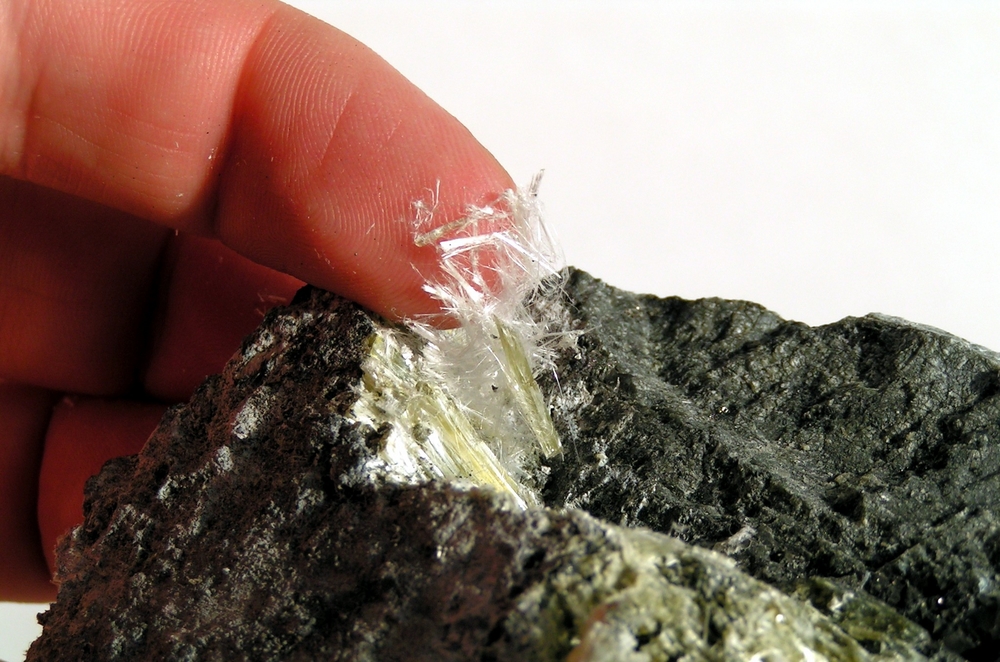
Knowing if your home has asbestos in it or not is a common concern for homeowners with older homes in Melbourne. As we continue on with our common asbestos questions from Melbourne homeowners, today, we’re going to talk about how you can identify asbestos in your home.
This is what our asbestos removal experts here at Asbestos Australia say you need to know about identifying asbestos and asbestos containing products in your home.
Identifying asbestos can be tricky since it was used in a multitude of building materials. Look for its presence in common areas like insulation, vinyl floor tiles, roofing shingles, cement sheets, and pipe insulation. Asbestos-containing materials often have a fibrous appearance, especially when damaged or disturbed.
The surest way to confirm the presence of asbestos is through professional testing. While certain materials and their age might hint at the likelihood of asbestos, only scientific testing by an accredited laboratory can provide a definitive answer.
Homes built or renovated before the late ’80s are more likely to contain asbestos. Signs include dated building materials that look fibrous when broken or deteriorated. However, visual cues alone can’t necessarily confirm asbestos presence.

Asbestos could potentially be found in several common areas within homes. Some of the most typical locations include:
This also highlights the versatility of asbestos use in construction materials, underlining the importance of professional assessment for homes with these features.
While DIY asbestos test kits exist, the safest approach is to hire a qualified asbestos consultant. Disturbing asbestos-containing materials can release harmful fibres into the air, posing a health risk. Professionals know how to handle samples safely and ensure accurate testing. There are also many different asbestos containing products, so even knowing what to start testing is difficult.
Asbestos testing should be conducted by licensed asbestos removalists or qualified asbestos consultants who can safely collect samples and send them to an accredited laboratory for analysis. this ensures that all potential asbestos containing materials can be tested and you can avoid asbestos exposure from loose asbestos fibres.
Picture this: You’ve recently bought a charming fixer-upper in the eastern suburbs of Melbourne, keen on renovating it to suit your modern tastes. However, given its construction in the ’70s, you’re aware of the potential asbestos risk. Before swinging that sledgehammer, you decide to play it safe and check for asbestos.
You spot what could be old, crumbly asbestos insulation in the roof cavity and vinyl tiles in the kitchen that seem straight out of a vintage catalogue—both potential asbestos hotspots. Instead of poking around and risking exposure, you contact a professional to take samples. They confirm the presence of asbestos in both materials. Now, you’re faced with a decision: to encapsulate the asbestos if it’s not in the way of renovations or proceed with removal for a complete makeover.
At Asbestos Australia, we’re committed to ensuring your home renovations and asbestos concerns are handled with the utmost care.
Our team of licensed professionals can assess your property, conduct thorough testing, and recommend the best course of action, be it removal or management. We provide peace of mind with our comprehensive asbestos services, from identification to safe removal, all across Melbourne, Victoria and beyond.
Reach out to us, and let’s make your home safe and asbestos-free. Call us on 03 9704 2952 or make an enquiry here.
Posted By: Tommy Clappers
Leave a Reply